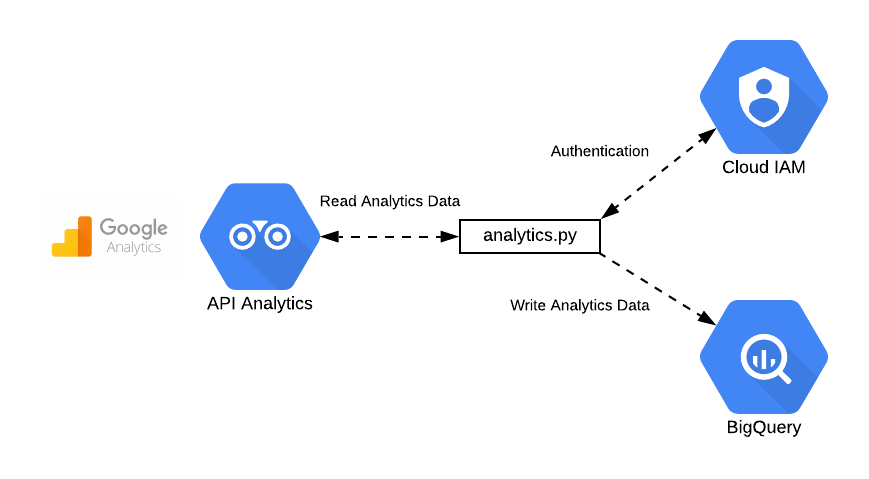
In a world where AI is becoming the cornerstone of business decisions, the data that fuels it can no longer afford to be inconsistent, duplicated, or incomplete. Enterprises have invested millions in cloud systems, automation, and AI — only to discover that broken, unaligned records silently drain productivity, risk compliance, and compromise outcomes.
And at the heart of this data chaos lies one core challenge:
Finding what records should be considered the same, & what shouldn't?
This isn’t a surface-level technical decision. It affects every downstream process from your analytics dashboards to your machine learning pipelines, compliance workflows, customer 360 profiles, and payment processing systems.
That’s where Data Matching becomes mission-critical. But not all matches are created equal. Depending on your data, goals, and tolerance for ambiguity, you need to choose between exact, fuzzy, and probabilistic matching methods.
Let’s break them down — not just as algorithms, but as strategic levers in your data transformation journey.
The Real-World Problem: Same Entity, Many Avatars
A single entity like a customer, vendor, or patient often appears across multiple systems with different names, formats, or missing fields:
- “Jonathan Williams” in CRM
- “Jon W.” in an invoice
- “J. Williams” in an HR record
- “Jonathen Willaims” scanned in a contract
Without the right match logic, these may be treated as different people, which leads to duplicate payments, misaligned insights, failed KYC checks, or incorrect medical histories.
And this isn’t rare. According to Gartner:
- 84% of digital transformation initiatives fail due to poor data quality
- Up to 40–60% of data teams’ time is spent on cleaning and preparation
- 80% of AI project failures are traced not to bad models, but bad data
The fix? Smarter, AI-powered data matching and choosing the right method for each use case.
1. Exact Matching
When Precision is the Priority
Definition: Matches two values only if they are identical, character by character.
Technique: A == B logic, often after preprocessing (e.g., trimming, case normalization).
Best For:
- Unique identifiers (customer IDs, tax numbers, SSNs)
- Clean systems with strict formatting
- Financial records, regulatory data
Pros:
- Fast and deterministic
- Very low false positives
- Easy to audit
Cons:
- Fragile to typos, formatting changes, or case differences
- Doesn’t handle synonyms or abbreviations
Example:
- “123-45-6789” == “123-45-6789” → ✅
- “PO-0045” != “po0045” → ❌
Where MatchX Enhances It:
Even in exact matching, MatchX layers AI to normalize casing, remove whitespace issues, and auto-flag likely match failures, reducing rework.
2. Fuzzy Matching
When Real-World Data Isn't Perfect
Definition: Compares values for approximate similarity using string metrics.
Techniques: Levenshtein Distance, Jaro-Winkler, TF-IDF, Phonetic Matching, Cosine Similarity.
Best For:
- Names, addresses, and organization titles
- Misspelled, abbreviated, or variably formatted fields
- CRM deduplication, customer 360, catalogue harmonization
Pros:
- Catches human-entered variations
- Works across inconsistent datasets
- Can rank match candidates by score
Cons:
- Needs threshold tuning (e.g., 85% similarity to count as a match)
- Risk of false positives or missed matches if not calibrated
Example:
- “Acme Incorporated” ≈ “ACME Inc.” → Match Score: 92%
- “John Smith” ≈ “Jon Smyth” → Match Score: 84%
Where MatchX Excels:
MatchX auto-recommends fuzzy match strategies based on data profiling, domain context (e.g., retail vs. Healthcare), and user intent. It even explains why two records matched, turning black-box matching into a transparent process.
3. Probabilistic Matching
When Certainty Isn't Binary
Definition: Matches based on the likelihood that two records represent the same entity, across multiple fields and weighting.
Technique: Bayesian or machine learning–based models that compute a confidence score.
Best For:
- Linking across systems with no shared IDs
- Incomplete or partially structured data
- Identity resolution, fraud detection, and patient record merging
Pros:
- Adapts to messy or partial data
- Combines multiple weak signals to make a strong case
- Supports match/review/no match decisions with scores
Cons:
- May require training or tuning
- Less intuitive than rule-based matches
- Requires confidence thresholds and a review process
Example:
Match on name (88%), DOB (match), phone (partial), address (mismatch) → Composite Score = 0.89 → ✅
Score < 0.7 → Hold for review
Where MatchX Leads:
MatchX combines rule engines, similarity scoring, and domain-trained models to calculate composite confidence scores, with full audit trails, versioning, and reviewer workflows.
Choosing the Right Match Logic: A Decision Matrix
Data Scenario | Best Match Type | Why |
Clean data with consistent identifiers | Exact | Fast, low-error matching |
Messy names, addresses, manual entries | Fuzzy | Handles typos and abbreviations |
Cross-system entity resolution | Probabilistic | Accounts for context and incompleteness |
PDF, image, or scanned documents | Document Matching | Goes beyond structured data |
Beyond Rows: Document & Paragraph Matching
The Final Frontier Mastered by MatchX
Traditional match engines break when faced with unstructured documents. But that’s where MatchX shines.
Using OCR, NLP, and AI vector similarity, MatchX performs line-by-line and paragraph-level comparison of:
- Invoices
- Contracts
- Claims forms
- Scanned applications
- Research papers
- Policy documents
It doesn’t just match filenames or metadata — it compares content, detects partial overlaps, semantic similarities, and even flags intent-level mismatches across versions.
And it works seamlessly across PDF, Word, images, and structured datasets — powered by pre-trained large language models and TF-IDF vectorizers.
MatchX Matching Workflow — Built for Confidence
Here’s how matching works inside MatchX:
- Ingest Data — from files, databases, APIs, PDFs, etc.
- Auto-Profiling — MatchX identifies likely match fields & data anomalies
- Suggest Match Type — Based on field types, context, and quality
- Match — Using exact, fuzzy, probabilistic, or hybrid methods
- Confidence Scoring — AI computes match scores with explanations
- Review Results — Accept, reject, or flag with role-based workflows
- Track & Link — Build entity relationships and lineage
- Output & Sync — Push results into CRMs, ERPs, or analytics tools
MatchX: Built for the Match That Matters
Your document types shouldn't limit your intelligence
Other platforms offer match logic.
MatchX delivers matching intelligence.
📊 AI-driven suggestions, thresholds & confidence scoring
📎 Multi-type match logic — row, field, doc, and paragraph
🔍 Full explainability: know why something matched
🧠 Smart learning: adapts to your domain & data
🧾 Audit-ready workflows & reviewer interface
🌐 Works with structured & unstructured sources
Whether it’s a contract clause, a citizen ID, or a scanned supplier form — if it needs to match, MatchX will find it, explain it, and act on it.
Final Word: Don't Just Match. Match with Meaning.
Matching is no longer about syntax. It’s about semantics.
It’s not about what looks similar, but what is similar in context, intent, and confidence.
And that’s why MatchX exists:
To help you move from rule-based guesswork to AI-powered certainty.
So, the next time you wonder whether “Jon Smyth,” “J. Smith,“ and “Jonathan Smith“ are the same, don’t leave it to chance.
MatchX it.
Because matching isn’t just a process — it’s the foundation of every data decision that follows. For more information contact us.









